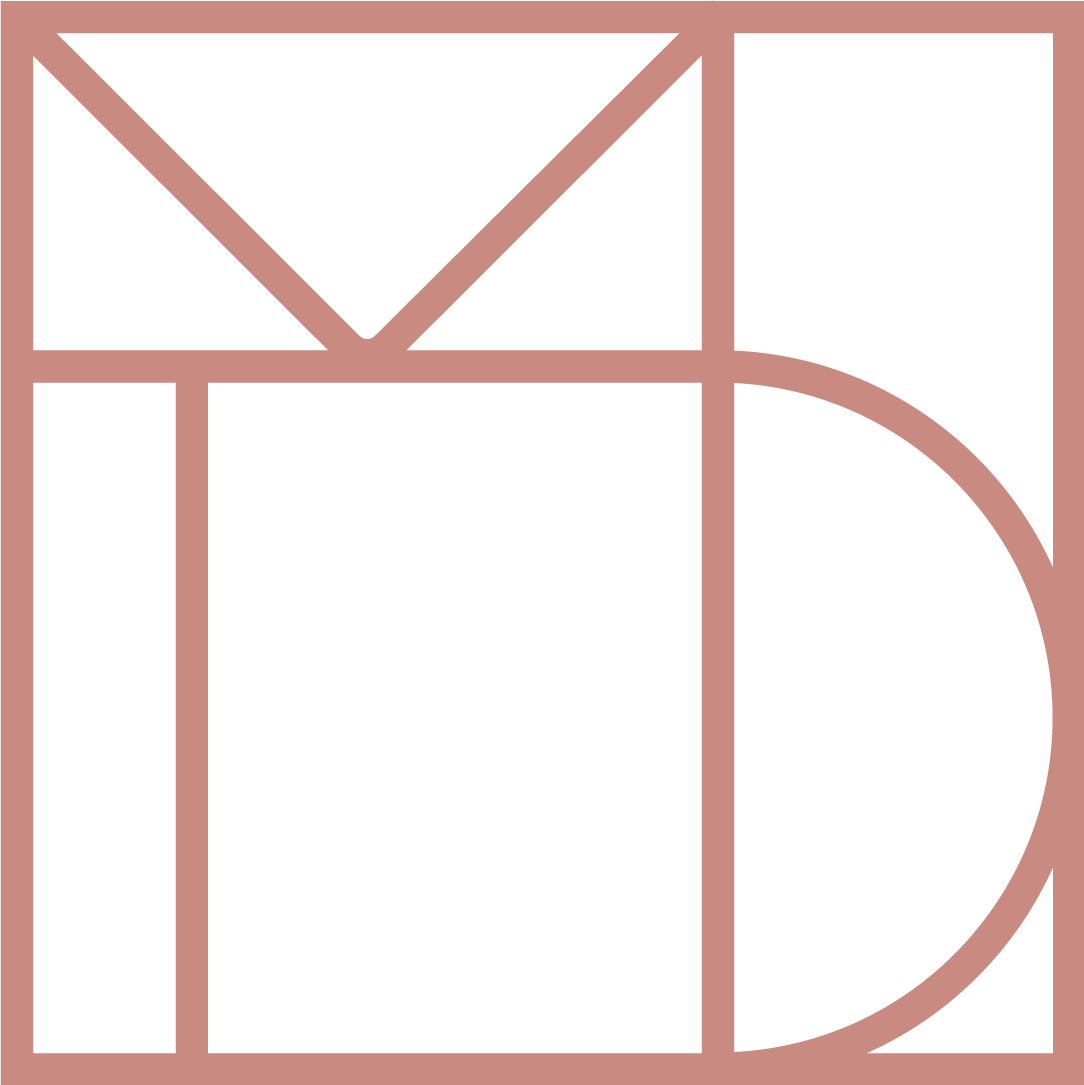Corrective jaw surgery is a procedure to rectify jaw misalignment. Dr. Artur Fahradyan offers this surgery to address functional issues like bite problems and improve facial aesthetics, enhancing oral health and overall well-being. If you’ve struggled with jaw misalignment, take advantage of our corrective jaw surgery in Thousand Oaks and experience a whole new level of living.
Corrective Jaw Surgery
Thousand Oaks
Restore Optimal Jaw
Alignment & Function
Corrective jaw surgery is a medical procedure to correct various jaw-related issues and improve the functional and aesthetic aspects of the face and jaw. This surgery can address conditions like underbites, overbites, open bites, and facial asymmetry. During the procedure, Dr. Fahradyan repositions the jawbones to align them properly, ensuring proper bite function and enhancing facial harmony. Corrective jaw surgery often leads to improved oral health, better chewing, and enhanced facial aesthetics.

Reasons for Corrective Jaw Surgery:
- Misaligned jaws, including underbites, overbites, and crossbites
- Open bites, where upper and lower teeth don’t meet when the mouth is closed
- Facial asymmetry caused by jaw misalignment
- Difficulty chewing or biting
- Speech problems resulting from jaw issues
- Chronic jaw pain and discomfort (TMJ disorders)
- Breathing difficulties associated with jaw abnormalities
Corrective Jaw Surgery Preparation Guidelines:
- Complete any necessary dental work, such as fillings or extractions, before getting corrective jaw surgery in Thousand Oaks.
- Discuss any current medications with Dr. Fahradyan and follow their instructions.
- Undergo a thorough orthodontic examination to ensure proper alignment of the teeth.
- Follow preoperative dietary restrictions, which may include avoiding certain foods.
- Arrange for transportation to and from the surgical facility.
- Plan for post-operative recovery, including time off work or school.
- Prepare a soft-food diet for the initial weeks after surgery, as chewing may be limited.
- Ensure you have pain management medications prescribed and ready for use.
- Follow any additional personalized pre-operative instructions provided by your surgeon.
Corrective Jaw Surgery Aftercare Guidelines:
- Maintain good oral hygiene by gently brushing and rinsing your mouth.
- Follow the recommended soft-food diet to minimize stress on the healing jaw.
- Attend all post-operative follow-up appointments as scheduled by your surgeon.
- Take prescribed pain medications and antibiotics as directed.
- Apply ice packs to the surgical area to reduce swelling and discomfort.
- Avoid strenuous physical activities and exercise for the designated recovery period.
- Keep your head elevated, especially when sleeping, to further reduce swelling.
- Practice jaw exercises and mobility exercises as recommended by your surgeon.
- Be cautious when speaking or smiling to avoid unnecessary strain on the jaw.
How Corrective Jaw Surgery Works
Step 1: Assessment
Dr. Fahradyan conducts a comprehensive assessment of your condition. This typically includes various diagnostic procedures such as X-rays, CT scans, and 3D imaging to analyze the structure of your jaw. These assessments help Dr. Fahradyan identify the specific misalignment issues and plan the surgery accordingly. During this stage, Dr. Fahradyan discusses your medical history, current medications, and any concerns you may have regarding surgery.
Step 2: Preparation
Dr. Fahradyan guides you through the preparation process. This includes completing any necessary dental work, such as fillings or extractions, to ensure optimal oral health before the procedure. You will also discuss your current medications with Dr. Fahradyan and follow any instructions provided. Additionally, Dr. Fahradyan may recommend undergoing orthodontic treatment to ensure proper tooth alignment before the surgery.
Step 3: Surgery
On the day of the surgery, Dr. Fahradyan performs the corrective jaw surgery according to the personalized plan developed during the assessment. The surgery involves making precise cuts in the jawbones to reposition them correctly. Dr. Fahradyan ensures that the jawbones are secured in their new alignment, facilitating the natural healing process. Throughout the surgery, Dr. Fahradyan and the surgical team use advanced techniques to ensure optimal comfort.
Step 4: Recovery
After the surgery, you begin the recovery process under the guidance of Dr. Fahradyan. You may experience swelling and discomfort for a few weeks, which can be managed with pain medications and ice packs. It’s crucial to follow the recommended soft-food diet and attend all post-operative follow-up appointments as scheduled. With proper care, you can expect a gradual return to normal activities over the following weeks and months.
Virtual Surgical Planning
Experience the future with corrective jaw surgery in Thousand Oaks, using Dr. Fahradyan’s innovative approach. We utilize Virtual Surgical Planning to tailor surgical solutions to your unique needs. This cutting-edge technology ensures precision and efficiency in your treatment. Dr. Fahradyan goes a step further by crafting custom-made plates for each patient, optimizing the outcome. Experience a new era in corrective jaw surgery with a focus on individualized care and advanced Virtual Surgical Planning techniques.

Corrective Jaw Surgery FAQs
What are the common reasons for needing corrective jaw surgery?
Corrective jaw surgery in Thousand Oaks addresses a range of issues, including misaligned jaws, bite problems (overbites, underbites, and crossbites), facial asymmetry, speech difficulties, and chronic jaw pain (TMJ disorders). It improves the functionality of the jaw and the aesthetics of the face.
Who is a candidate for corrective jaw surgery?
Candidates for this surgery typically have moderate to severe jaw misalignments that cannot be resolved with orthodontic treatment alone. The ideal candidates should be in good overall health and have realistic expectations about the outcomes of the procedure.
Is corrective jaw surgery painful?
Pain and discomfort are common in the days following surgery. However, Dr. Fahradyan provides pain medications to help alleviate this discomfort. Please follow the prescribed pain relief regimen and communicate any unusual pain with your surgical team.
Will I need orthodontic treatment before and after surgery?
Yes, orthodontic treatment is often an essential part of corrective jaw surgery. Pre-surgery orthodontics helps align the teeth properly before surgery, and post-surgery orthodontics fine-tunes the bite and ensures harmonious results.
How long does the recovery process take after corrective jaw surgery?
The recovery period after corrective jaw surgery in Thousand Oaks depends on the complexity of the surgery and individual healing rates. Generally, patients can expect swelling and discomfort for the first few weeks, with full recovery taking several months. Most people can return to normal activities within a few weeks.
Will I have visible scars after surgery?
The incisions made during corrective jaw surgery are typically inside the mouth or along the natural creases of the face, minimizing visible scarring.

Why Choose Dr. Artur Fahradyan?
Dr. Artur Fahradyan is a distinguished plastic surgeon board-certified by the American Board of Plastic Surgery with a residency in plastic and reconstructive surgery from the University of Southern California. His knowledge lies in delivering exceptional, natural-looking aesthetic results for various concerns. If you’re considering corrective jaw surgery or any other procedure, Dr. Fahradyan’s commitment to patient satisfaction makes him the right choice. Schedule a consultation today.
